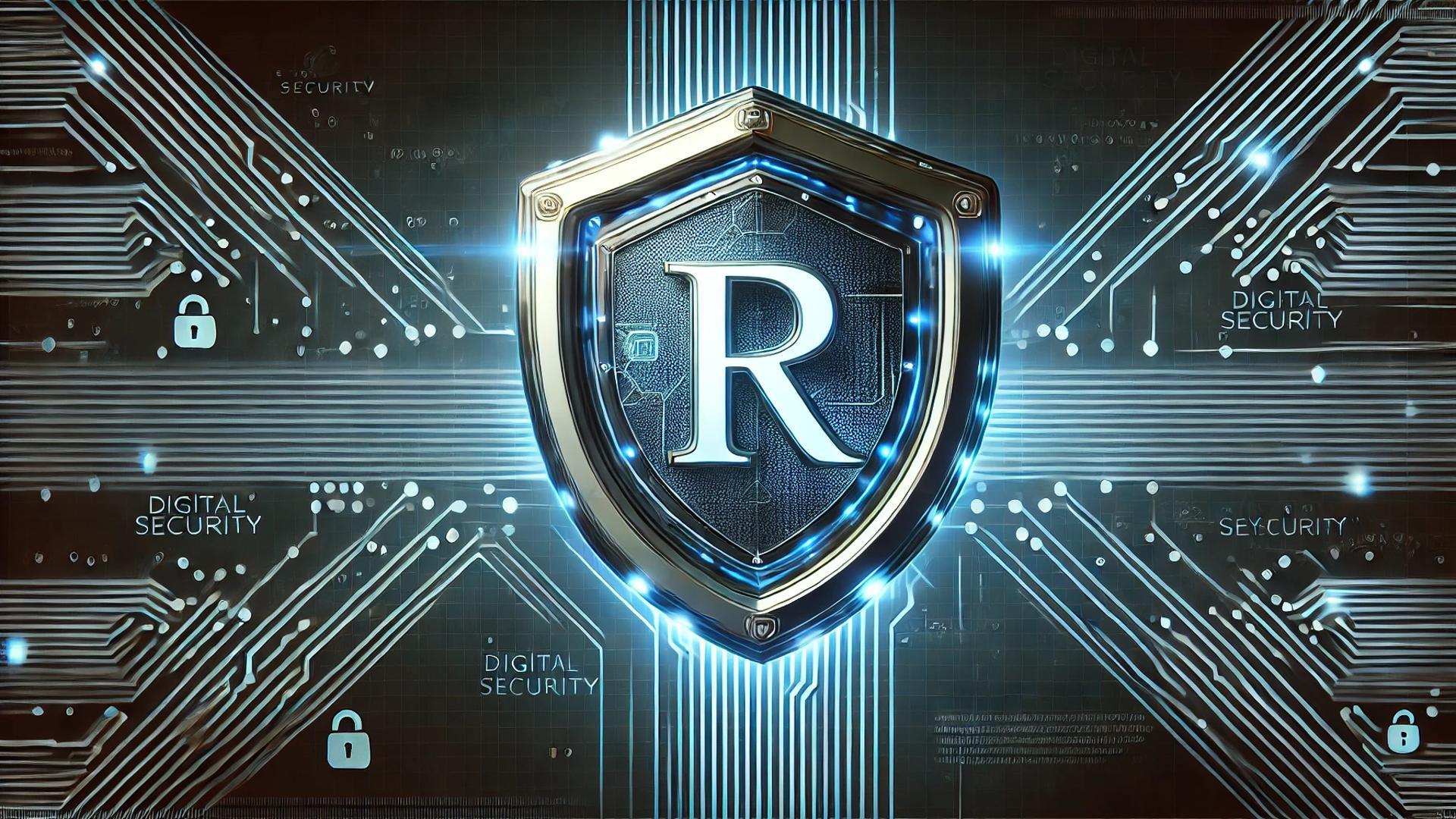CipherLocker, also referred to as “Clocker,” is a newly discovered ransomware strain that encrypts victims’ files and demands a hefty ransom of 1.5 Bitcoin (BTC) for decryption. It appends the .clocker extension to encrypted files and drops a ransom note titled README.txt. This article provides an in-depth look at the threat, a detailed removal guide using SpyHunter, and best practices for preventing future infections.
CipherLocker Ransomware Threat Summary
| Attribute | Details |
|---|---|
| Threat Name | CipherLocker (Clocker) |
| Threat Type | Ransomware, Crypto Virus, File Locker |
| Encrypted File Extension | .clocker |
| Ransom Note Name | README.txt |
| Ransom Amount | 1.5 BTC (~$143,000 at the time of writing) |
| Bitcoin Address | xXmWOWIYrJTHcnxoWRT6GviwS53uQzipyV |
| Contact Email | haxcn@proton.me |
| Detection Names | Avast (FileRepMalware [Inf]), Emsisoft (Generic.Ransom.Hiddentear.A.522D4236), Fortinet (MSIL/Filecoder.73F9!tr.ransom), Kaspersky (VHO:Trojan-Ransom.MSIL.Encoder.gen), Microsoft (Ransom:Win32/Genasom) |
| Symptoms | Files cannot be opened, file extensions changed to .clocker, ransom note displayed, system restore points and backups deleted |
| Damage | Files permanently encrypted unless ransom is paid, additional malware infections possible |
| Distribution Methods | Malicious email attachments, torrent downloads, infected ads, fake software updates, drive-by downloads |
| Danger Level | Critical |

Remove
CipherLocker Ransomware
With SpyHunter
CipherLocker Ransom Note (README.txt)
[NOTICE]
Your personal files have been encrypted by CipherLocker.
Please follow the instructions to recover your files.
[INSTRUCTIONS]
Payment Amount: 1.5 BTC
Bitcoin Address: xXmWOWIYrJTHcnxoWRT6GviwS53uQzipyV
Payment Deadline: 2025-02-22
[WARNING]
- Windows Shadow Copies have been deleted
- System Restore Points have been disabled
- Recycle Bin contents have been deleted
- Additional backup files have been removed
Contact Support with your Reference ID to obtain the decryption keys within the deadline.
Reference ID: -
[CONTACT SUPPORT]
haxcn@proton.me
You have until 2025-02-22 to complete the payment.How Did CipherLocker Infect Your Computer?
CipherLocker spreads through various infection channels, including:
- Phishing Emails – Malicious attachments disguised as legitimate documents.
- Malvertising – Harmful ads redirecting users to exploit kits.
- Fake Software Updates – Pop-ups prompting users to update Adobe Flash, Java, or other software.
- Torrent and Cracked Software Downloads – Ransomware is often bundled with pirated software.
- Drive-by Downloads – Automatic malware installation from compromised websites.
How to Remove CipherLocker Ransomware (Clocker)

Remove
CipherLocker Ransomware
With SpyHunter
Removing CipherLocker is essential to prevent further encryption and additional malware infections. Follow these steps:
Step 1: Boot into Safe Mode with Networking
- Restart your computer and press F8 (or Shift + Restart in Windows 10/11).
- Select Safe Mode with Networking.
Step 2: Download and Install SpyHunter
- Download SpyHunter.
- Install the program and follow on-screen instructions.
Step 3: Run a Full System Scan
- Open SpyHunter and click on Start Scan.
- Wait for the scan to detect all malicious files.
- Click Fix Threats to remove CipherLocker and associated malware.
Step 4: Restore Encrypted Files (If No Backup Is Available)
- Try ShadowExplorer (if ransomware failed to delete all shadow copies).
- Use data recovery software such as Recuva or EaseUS Data Recovery.
- Check cloud backups (Google Drive, OneDrive, Dropbox, etc.).
Preventive Measures to Avoid Ransomware Attacks
- Enable Automatic Updates – Keep Windows and software up to date.
- Use Strong Security Software – Install SpyHunter and a reliable firewall.
- Avoid Clicking Suspicious Links – Do not open unknown email attachments.
- Disable Macros in Office Documents – Many ransomware variants spread via macro-enabled files.
- Use Application Whitelisting – Restrict software execution to trusted programs.
- Regularly Back Up Files – Store backups on external drives or cloud storage.
- Enable Ransomware Protection Features – Use Windows Defender’s Controlled Folder Access.
- Educate Yourself and Employees – Stay informed about the latest cyber threats.
Conclusion
CipherLocker ransomware (Clocker) is a severe cybersecurity threat that encrypts files and demands an exorbitant ransom. Unfortunately, paying the ransom does not guarantee decryption. The best course of action is immediate removal using SpyHunter, followed by an attempt to recover files from backups. To prevent future attacks, users should implement robust security measures and practice safe browsing habits.

Remove
CipherLocker Ransomware
With SpyHunter
The post CipherLocker Ransomware appeared first on www.rivitmedia.com.